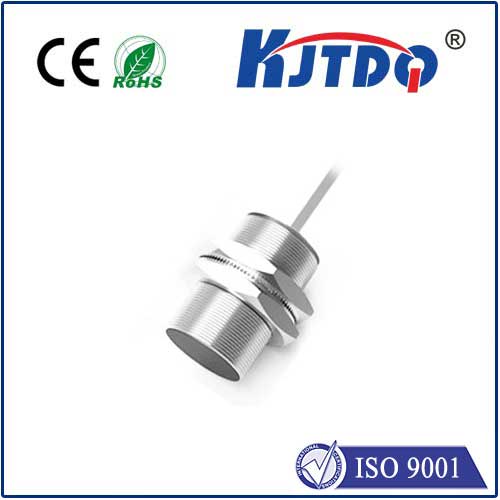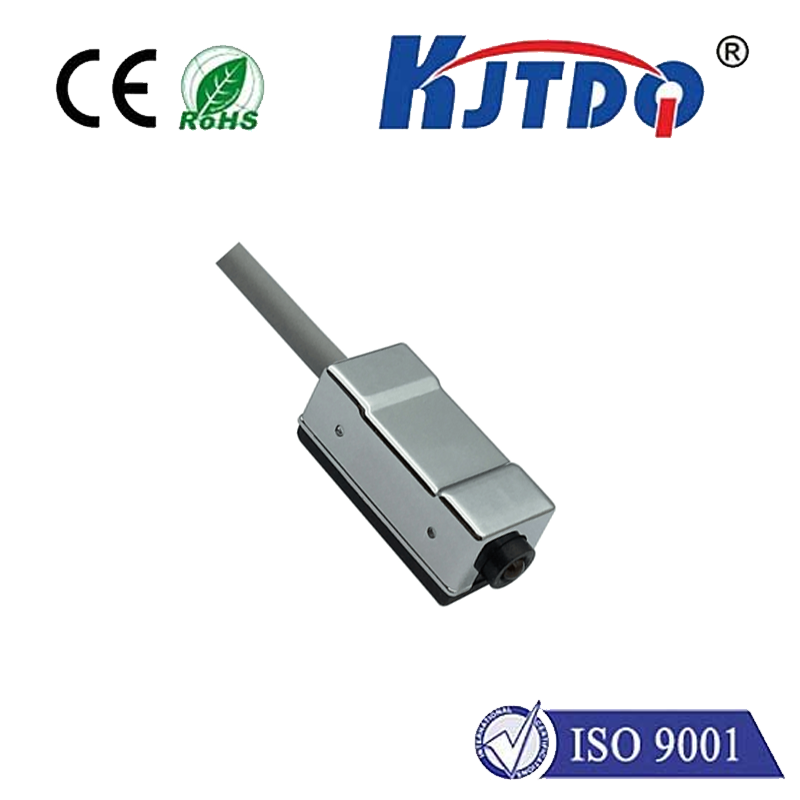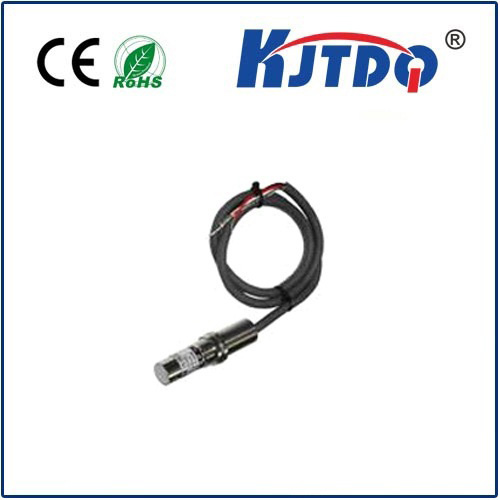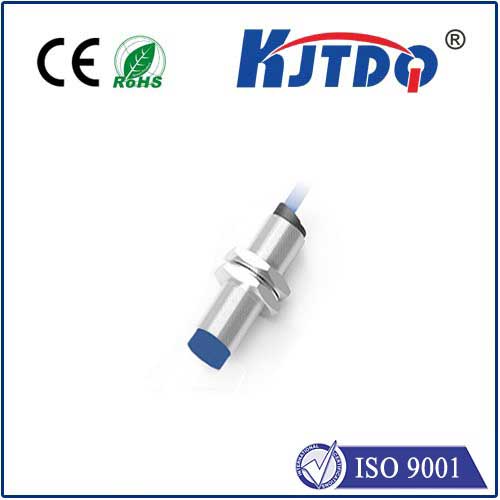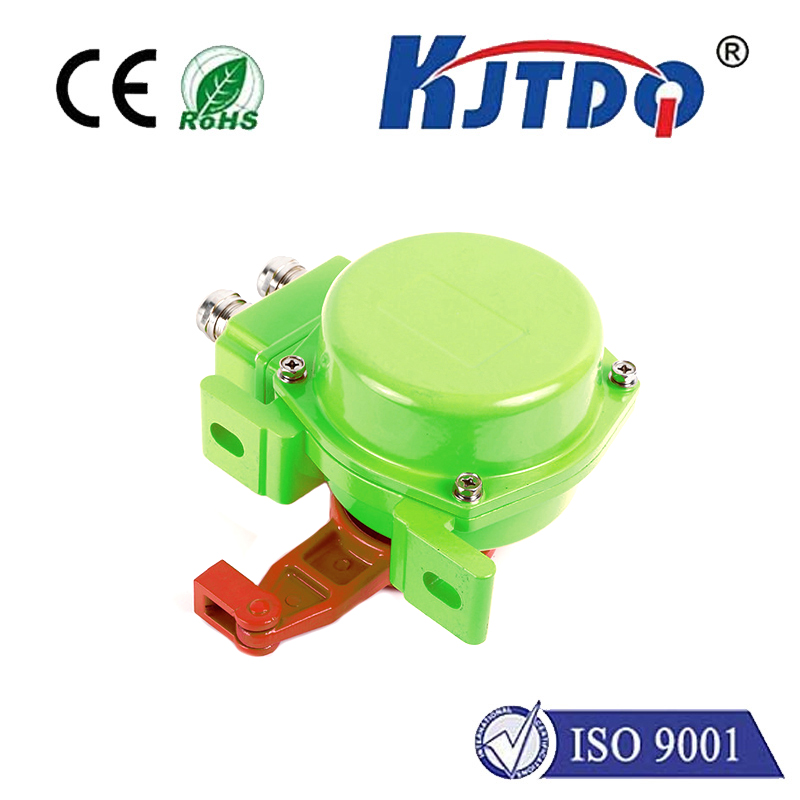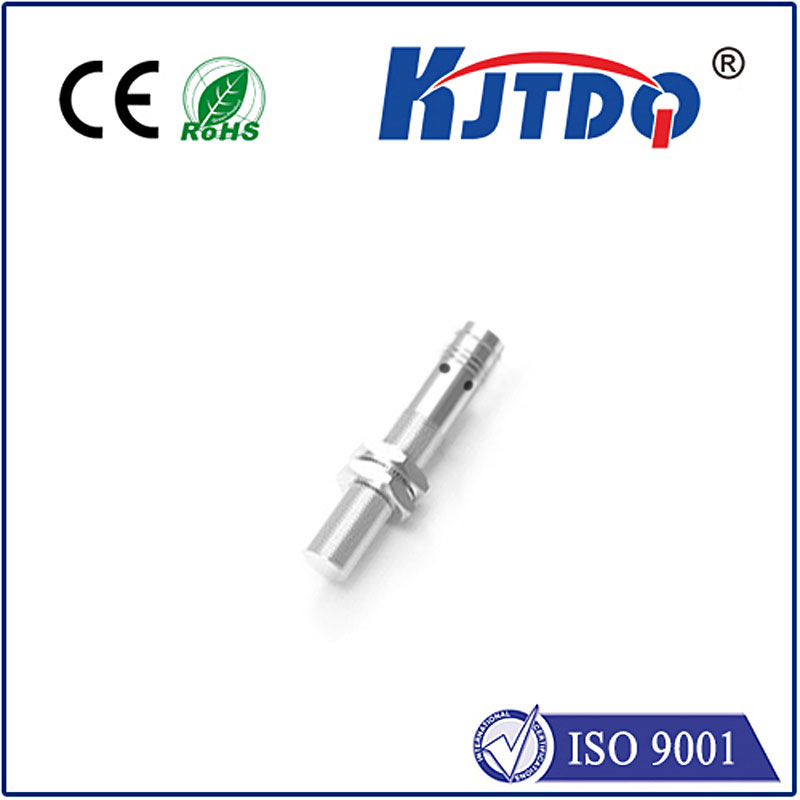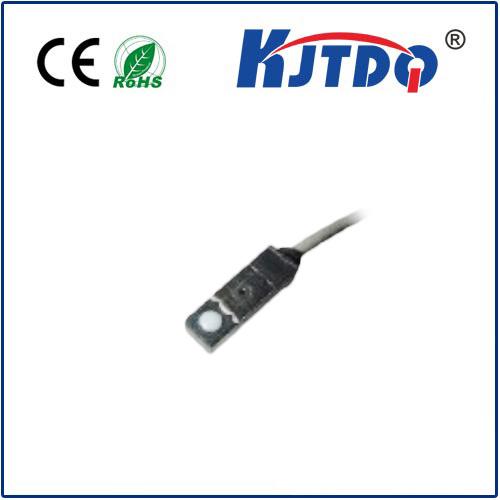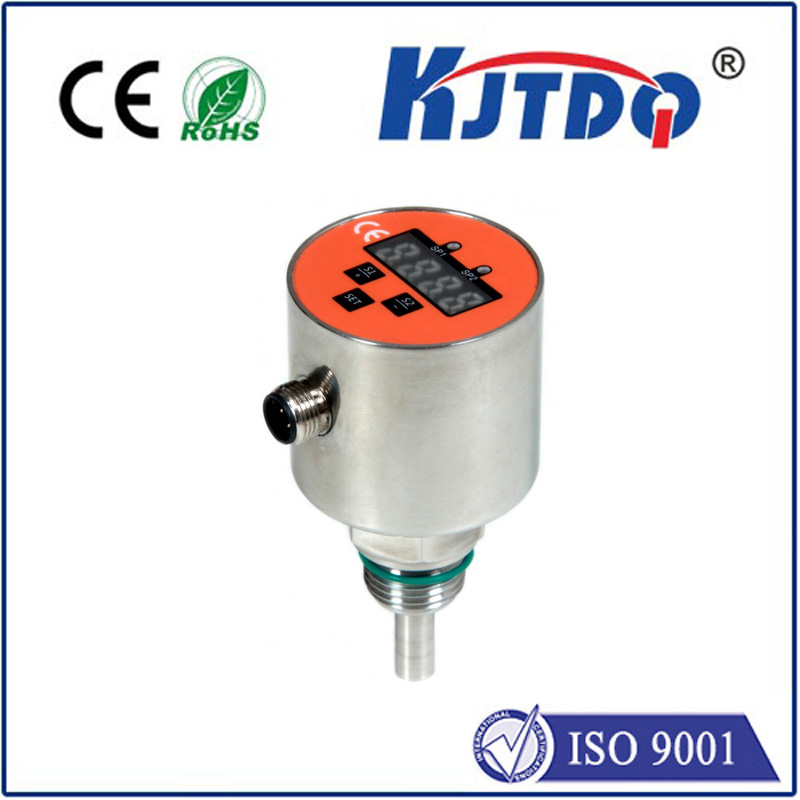

check

check

check

check
Flow Limit Switches: Essential Guardians Against Industrial System Failures
Picture this: a critical cooling pipeline suddenly bursts, flooding a facility floor. Or an expensive pump runs dry, its impeller melting due to lack of lubricating flow. These aren’t scenes from a disaster movie; they’re costly, preventable realities in industrial settings where fluid flow goes unmonitored. Enter the flow limit switch – a small, often overlooked component playing a pivotal role as the guardian angel of fluid systems. Far more than a simple on-off device, it’s a sophisticated sensor designed to detect abnormal flow conditions, triggering vital actions to protect equipment, ensure process integrity, and safeguard personnel. Understanding its function and importance is paramount for anyone managing systems reliant on liquid or gas flow.
At its core, a flow limit switch is a safety and control device. Its primary mission is to monitor the flow rate of a fluid – liquid or gas – within a pipe or conduit. Crucially, it’s configured to react when the flow exceeds a preset maximum (high flow limit) or falls below a defined minimum (low flow limit). Unlike flow meters that provide continuous measurement data, a flow limit switch is fundamentally binary: flow is either within acceptable bounds or outside them, demanding intervention. This makes it an essential component for flow monitoring focused on protection and alarm triggering.

So, how does it achieve this vital task? The mechanisms vary, but the principle remains consistent: detect the physical effect of flow and convert it into an electrical signal when limits are breached. Common operating principles include:
The most critical function of any flow limit switch is proactive protection. By detecting low flow, it prevents catastrophic scenarios like pump cavitation and overheating (dry running), lubricant starvation in bearings, or incomplete cooling/heat transfer. Detecting high flow protects against pipe rupture due to excessive pressure, filter damage, or overflow conditions in tanks. This industrial safety aspect directly impacts equipment longevity, reduces unplanned downtime, and prevents potentially hazardous spills or releases.
Beyond pure safety, flow limit switches significantly contribute to process efficiency and optimization. They ensure processes only run when adequate flow is present, preventing wasted energy and resources. They provide clear, binary signals for process control logic – for instance, enabling downstream equipment only when flow is confirmed, or stopping a filling sequence when flow ceases. Their outputs are easily integrated into control panels or programmable logic controllers (PLCs) for automated responses.
The applications for flow limit switches span a vast range of industries:
Selecting the right flow limit switch requires careful consideration:
Proper installation and maintenance are equally crucial. The switch must be installed according to manufacturer guidelines – orientation (vertical/horizontal flow direction matters for some types), upstream/downstream straight-run requirements to avoid turbulent flow affecting accuracy, and correct wiring. Regular testing, often involving simulating flow conditions or physically triggering the mechanism safely, is essential to verify functionality and maintain pump protection and process efficiency. Ensure calibration checks are performed periodically, especially after maintenance or observed process fluctuations.
In essence, the flow limit switch embodies the principle of prevention is better than cure. By continuously monitoring flow and acting as a vigilant sentinel at predefined thresholds, it provides indispensable flow monitoring that underpins industrial safety, operational reliability, and bottom-line savings across countless applications. Its fail-safe mechanisms and ability to trigger automatic shutdowns or alarms make it an indispensable
